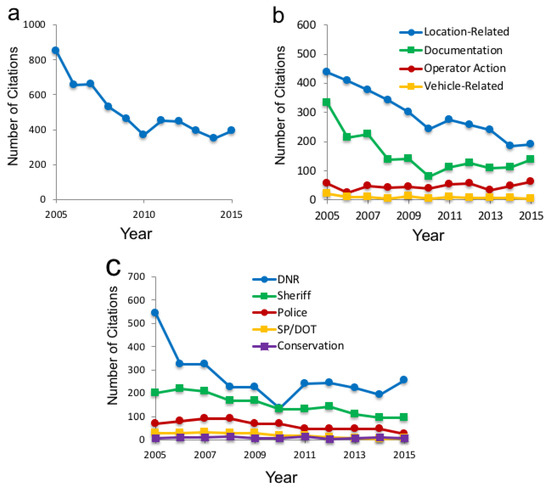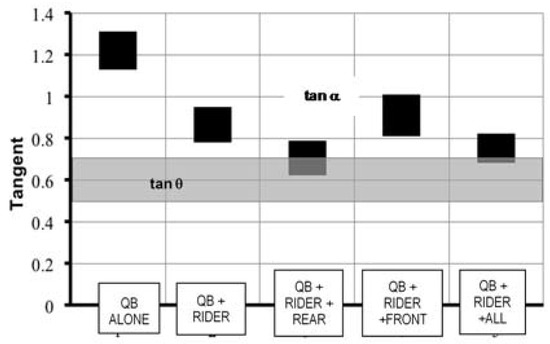Terrain and Off-Highway Vehicle Safety
A topical collection in Safety (ISSN 2313-576X).
Viewed by 22902Editor
Interests: all terrain vehicles; motorcycle safety; road safety barriers; wire-rope barriers; rollover crashworthiness; cycling safety; go-kart safety; FEM crash and impact computer simulations; injury biomechanics
Special Issues, Collections and Topics in MDPI journals
Topical Collection Information
Dear Colleagues,
Quad-Bikes and Side by Side off-highway vehicles (All-Terrian Vehicles (ATVs), Recreational Off-Highway Vehicles (ROVs), Sport Utility Vehicles (SUVs), Utility Terrian Vehicles (UTVs), etc.) continue to contribute to fatalities and serious injuries that are occurring around the world. This has attracted a great deal of attention from health professionals, engineers, regulators, the farming sector, and other safety stake holders, particularly in the USA, Australia, New Zealand, Sweden, Canada, and other countries. The Editors of Safety have decided to set up a knowledge base repository, representing a collection of peer-reviewed papers focusing on the safety of these vehicles. It is hoped that as the collection of papers grows it will help advance human public health related to the use of these vehicles.
Therefore, the Editors of Safety are proposing expanding on the Special Issue that focused on this field of research (https://www.mdpi.com/journal/safety/special_issues/vehicle-safety) in 2015 by establishing the Topical Collection “Terrain and Off-Highway Vehicle Safety", which is now open for submissions. We call on researchers, regulators, and practitioners to submit their research papers, case reports, reviews, communications, and commentaries related to these vehicle.
Prof. Dr. Raphael Grzebieta
Collection Editor
Manuscript Submission Information
Manuscripts should be submitted online at www.mdpi.com by registering and logging in to this website. Once you are registered, click here to go to the submission form. Manuscripts can be submitted until the deadline. All submissions that pass pre-check are peer-reviewed. Accepted papers will be published continuously in the journal (as soon as accepted) and will be listed together on the collection website. Research articles, review articles as well as short communications are invited. For planned papers, a title and short abstract (about 100 words) can be sent to the Editorial Office for announcement on this website.
Submitted manuscripts should not have been published previously, nor be under consideration for publication elsewhere (except conference proceedings papers). All manuscripts are thoroughly refereed through a single-blind peer-review process. A guide for authors and other relevant information for submission of manuscripts is available on the Instructions for Authors page. Safety is an international peer-reviewed open access quarterly journal published by MDPI.
Please visit the Instructions for Authors page before submitting a manuscript. The Article Processing Charge (APC) for publication in this open access journal is 1800 CHF (Swiss Francs). Submitted papers should be well formatted and use good English. Authors may use MDPI's English editing service prior to publication or during author revisions.







